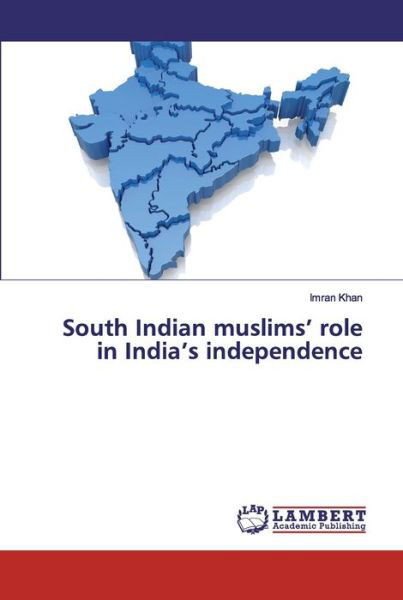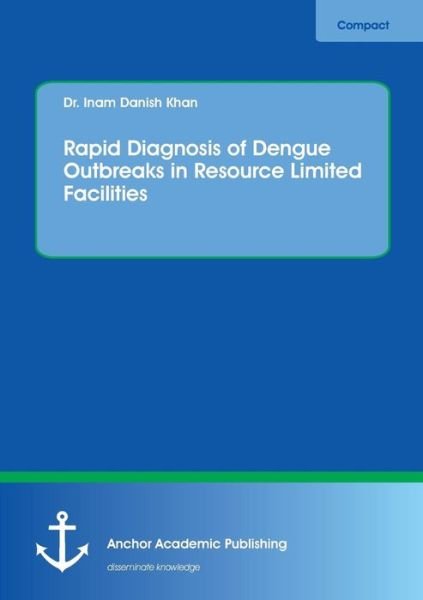
Vertel uw vrienden over dit artikel:
Mapping and DNA sequence analysis
Khan
Mapping and DNA sequence analysis
Khan
Bachelor Thesis from the year 2014 in the subject Biology - Micro- and Molecular Biology, grade: 1, International Islamic University, language: English, abstract: Alopecia is a broad term including many forms of hereditary hair loss resulting from genetic defects affecting hair growth cycle or hair structure that vary in age of onset, severity and associated ectodermal abnormalities. The inheritance pattern of alopecia can be autosomal dominant, autosomal recessive or X-linked. Various mutations in several genes on different chromosomes are being identified which are involved in pathogenesis of inherited autosomal recessive alopecia. In present research, two families (A&B) with isolated hereditary alopecia, residing in different zones of Pakistan were ascertained. The mode of inheritance inferred as autosomal recessive. One family was subjected to mutation screening while on other, polymorphic microsatellite markers was used for the purpose of homozygosity mapping to explicate the gene defect. Phenotypic analysis of family A shows the characteristic clinical features of hypotrichosis with sparse hair on head and rest of body and with no associated abnormality. Gene linked to this family in previous research was CDH3. So, splice-junction site and sixteen exons of this gene were sequenced but were negative for functonal sequence variant. This clearly shows mutation must be present in regulatory region of this gene. In family B, affected individual's shows clinical features of atrichia with papular lesions (APL) which is rare autosomal recessive disorder, characterized by occurrence of complete hair loss with the development of keratin-filled cysts. Known candidate genes (DSG4, HR, LIPH and LPAR6) were tested for homozygosity mapping via polymorphic microsatellite markers. Genotyping data showed no linkage to any of the candidate loci and therefore, their involvement in causing atrichia with papular lesions in this family is not supported.
| Media | Boeken Book |
| Vrijgegeven | 30 januari 2015 |
| ISBN13 | 9783656865971 |
| Uitgevers | GRIN Verlag GmbH |
| Pagina's | 90 |
| Afmetingen | 6 × 148 × 210 mm · 141 g |
| Taal en grammatica | Duits |
Meer door Khan
Anderen hebben ook gekocht
Bekijk alles van Khan ( bijv. Book , CD , Paperback Book , Hardcover Book en LP )

 Kerstcadeautjes kunnen tot en met 31 januari worden ingewisseld
Kerstcadeautjes kunnen tot en met 31 januari worden ingewisseld























![Cover for Khan · Sabkha Ecosystems: Volume IV: Cash Crop Halophyte and Biodiversity Conservation - Tasks for Vegetation Science (Hardcover Book) [2014 edition] (2014)](https://imusic.b-cdn.net/images/item/original/100/9789400774100.jpg?khan-2014-sabkha-ecosystems-volume-iv-cash-crop-halophyte-and-biodiversity-conservation-tasks-for-vegetation-science-hardcover-book&class=scaled&v=1401489033)


![Cover for Khan · Space Shanty (CD) [Limited edition] (2010)](https://imusic.b-cdn.net/images/item/original/356/4988005639356.jpg?khan-2010-space-shanty-cd&class=scaled&v=1497381104)
![Cover for Khan · Space Shanty (CD) [Remastered edition] (2008)](https://imusic.b-cdn.net/images/item/original/625/5013929714625.jpg?khan-2008-space-shanty-cd&class=scaled&v=1447700520)






![Cover for Happy the Man · Happy The Man (CD) [Remastered edition] (2012)](https://imusic.b-cdn.net/images/item/original/445/5013929435445.jpg?happy-the-man-2012-happy-the-man-cd&class=scaled&v=1452106319)
![Cover for Grobschnitt · Solar Music (CD) [Remastered edition] (2015)](https://imusic.b-cdn.net/images/item/original/207/0602537651207.jpg?grobschnitt-2015-solar-music-cd&class=scaled&v=1418052660)


![Cover for Gnidrolog · Lady Lake (CD) [Bonus Tracks, Remastered edition] (2012)](https://imusic.b-cdn.net/images/item/original/642/5013929432642.jpg?gnidrolog-2012-lady-lake-cd&class=scaled&v=1449088410)
![Cover for Jethro Tull · Thick As A Brick (CD) [Remastered edition] (2015)](https://imusic.b-cdn.net/images/item/original/468/0825646146468.jpg?jethro-tull-2015-thick-as-a-brick-cd&class=scaled&v=1599229666)
![Cover for Egg · The Polite Force (CD) [Remastered edition] (2008)](https://imusic.b-cdn.net/images/item/original/628/5013929713628.jpg?egg-2008-the-polite-force-cd&class=scaled&v=1451682528)
![Cover for Van Der Graaf Generator · Pawn Hearts (CD) [Bonus Tracks, Remastered edition] (2005)](https://imusic.b-cdn.net/images/item/original/020/0724347489020.jpg?van-der-graaf-generator-2005-pawn-hearts-cd&class=scaled&v=1116351706)
![Cover for Van Der Graaf Generator · H To He Who Am The Only One (CD) [Bonus Tracks, Remastered edition] (2005)](https://imusic.b-cdn.net/images/item/original/825/0724347488825.jpg?van-der-graaf-generator-2005-h-to-he-who-am-the-only-one-cd&class=scaled&v=1116351705)
![Cover for Van Der Graaf Generator · Godbluff (CD) [Remastered edition] (2005)](https://imusic.b-cdn.net/images/item/original/321/0094631139321.jpg?van-der-graaf-generator-2005-godbluff-cd&class=scaled&v=1118753296)
![Cover for Hawkwind · Warrior On The Edge Of Time (CD) [Deluxe edition] (2013)](https://imusic.b-cdn.net/images/item/original/520/5013929633520.jpg?hawkwind-2013-warrior-on-the-edge-of-time-cd&class=scaled&v=1365860518)
![Cover for Soft Machine · Bundles (CD) [Remastered edition] (2010)](https://imusic.b-cdn.net/images/item/original/629/5013929729629.jpg?soft-machine-2010-bundles-cd&class=scaled&v=1272916162)
![Cover for Happy the Man · Crafty Hands (CD) [Remastered edition] (2021)](https://imusic.b-cdn.net/images/item/original/544/5013929435544.jpg?happy-the-man-2021-crafty-hands-cd&class=scaled&v=1449515350)
![Cover for Hawkwind · Hall Of The Mountain Grill (CD) [Bonus Tracks, Remastered edition] [Repackaged] (2001)](https://imusic.b-cdn.net/images/item/original/524/0724353003524.jpg?hawkwind-2001-hall-of-the-mountain-grill-cd&class=scaled&v=1094476438)
![Cover for Sparks · Propaganda (CD) [Remastered edition] (2006)](https://imusic.b-cdn.net/images/item/original/109/0602498434109.jpg?sparks-2006-propaganda-cd&class=scaled&v=1158509126)
